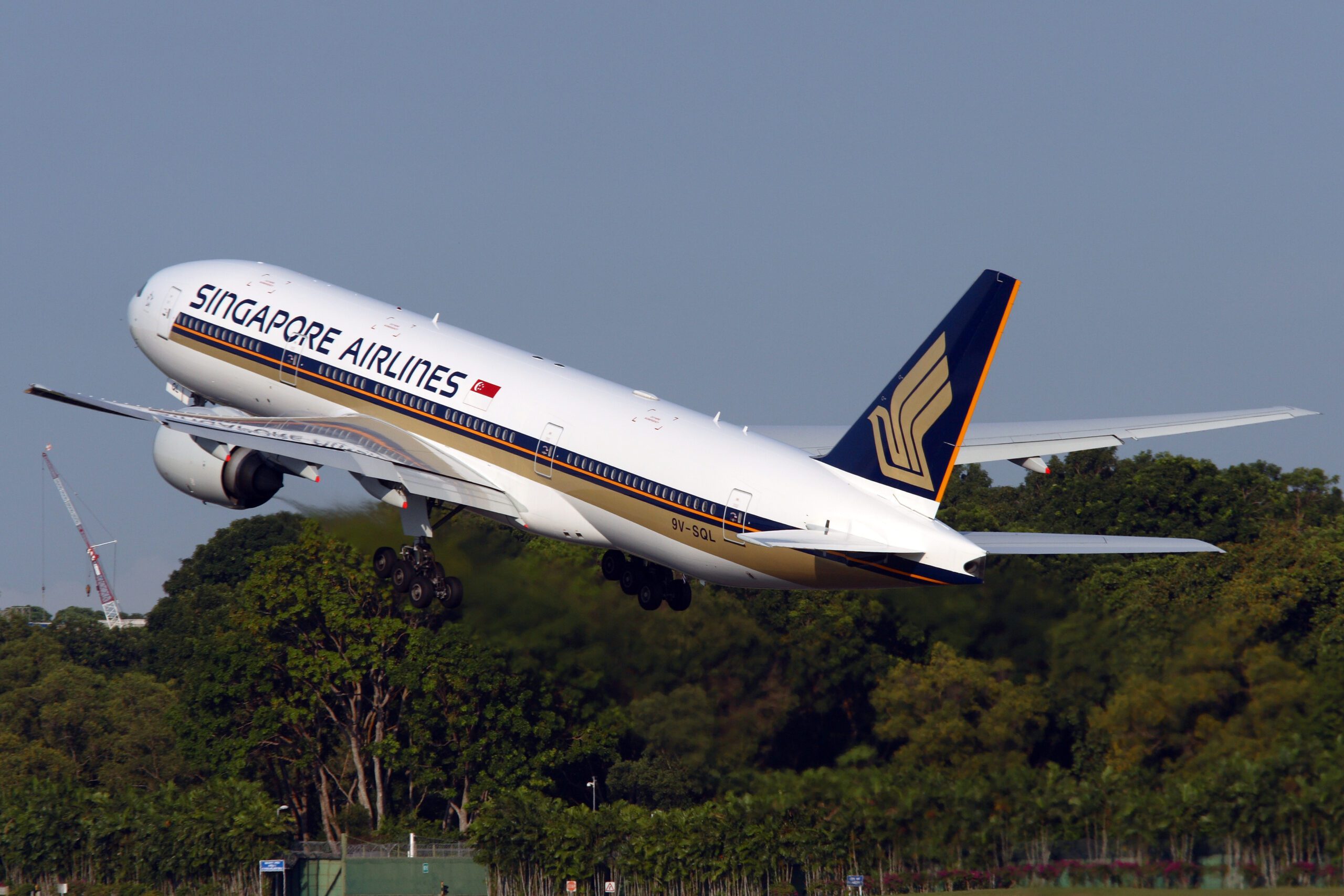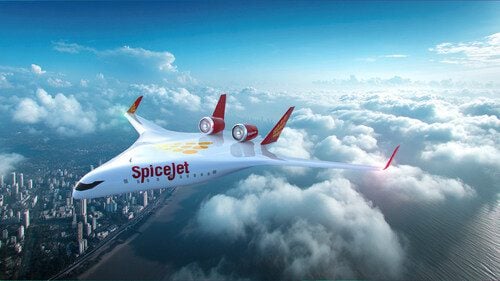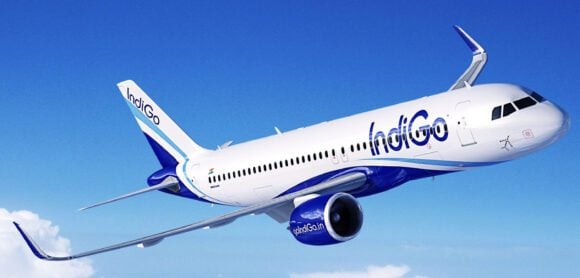
acft b772 2 scaled
Singapore Airlines reported record-high operating profits for its second quarter and HY1, in line with the results at many other airlines in the last few weeks. SIA’s recovery accelerated further in the second quarter (June-September) on the back of a strong Q1 and is expected to continue in HY2 of FY2022/2023, it said on November 4. Operating profit Singapore Airlines reaches new high.
Singapore Airlines Group (including Scoot) produced a record $678 million operating profit in Q2, compared to $-345 million in the same period in 2021. The net profit was $557 million versus $-428 million. Revenues increased to $4.488 billion from $1.532 billion between June and September 2021, but expenses were higher to $3.810 billion versus $1.877 billion. Fuel costs were up by almost a billion dollars to $1.423 billion. SIA’s first quarter was already strong.
The overall trend was that of robust demand in all markets except East Asia. Singapore Airlines and Scoot reinstated services to Beijing, Shenzhen, Fuzhou, and Nanjing, but operations to China remained challenging as Covid restrictions continued. More destinations in China, Indonesia, and Japan have been added to the network in October. In Q2, Singapore Airlines carried 4.4 million passengers at an 86.6 percent load factor. Scoot carried 1.9 million passengers at 86.5 percent load factor. Consolidated revenues per available seat kilometer (RASK) reached $10.3 cents, the highest in any quarter.
For HY1 (March-September), the operating profit was $1.234 billion compared to $-620 million in 2021. Revenues grew to $8.416 billion from $2.827 billion and expenses to $7.182 billion from $3.447 billion. The net profit for the period was $927 million versus a $-837 million loss. SIA and Scoot carried 11.4 million passengers with a load factor of 83 percent. Cargo loads were 5.6 percent down on 2021 levels as demand softened, but thanks to 18.6 percent higher yields, revenues were $224 million higher to $2.099 billion.
SIA Group ended September with $17.5 billion in cash and cash equivalents, up $3.7 billion thanks to more cash from operations. It has another $2.2 billion available in undrawn funds. Higher lease liabilities of $0.1 billion pushed net debt up to $15.8 billion, but the group will fully redeem $3.5 billion in mandatory convertible bonds in early December. That same month, the company will pay its first dividend again of $0.10 cents per share.
Outlook with many potential headwinds
High fuel prices, inflation, looming inflation, and geopolitical issues all could develop into significant headwinds in the coming months. That’s why Singapore Airlines is focused on financial sustainability and operational resilience. For now, the outlook looks positive: “Demand is expected to be strong as we head into the year-end peak travel season. With the recent relaxation of border controls in parts of East Asia, we expect demand to pick up in Hong Kong, Taipei, and points in Japan, especially over the holiday period. Forward sales are expected to remain buoyant in the coming months leading up to the Lunar New Year period.”
On cargo, it says: “Cargo demand in the third quarter of FY2022/23 is projected to be weaker year-on-year as this year’s traditional air cargo peak period is expected to be muted. This is due to the anticipated impact of global economic headwinds on consumer demand, and fewer production orders as importers work on reducing high inventories. The progressive return of industry belly hold capacity with the resumption of more passenger flights will also put downward pressure on cargo yields.”
Singapore Airlines operated a fleet of 131 passenger aircraft and seven freighters by the end of September. Two Airbus A350-900s were delivered in Q2, while eight Boeing MAX 8s completed post-delivery cabin retrofits and entered service. Scoot’s fleet covered 55 aircraft.
Views: 6



